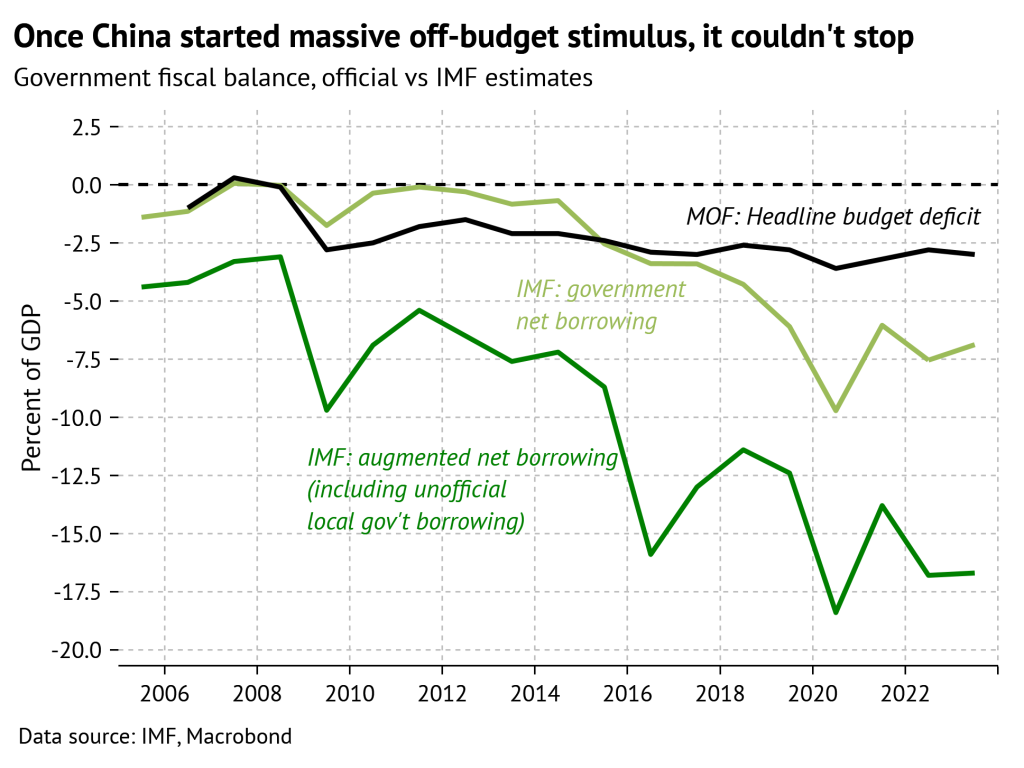Two of my favorite things to talk about on this blog come together very nicely in this lovely blogpost from Andrew Batson.
I love to talk about whether people have asked, and thought clearly, about the answer to the question “What are you optimizing for?”. And second, opportunity costs are everywhere.
The blogpost is about “The Education of Li Keqiang”, China’s former premier who passed away recently:
The general temptation to see Li as representing an alternative school of thought and the potential for a different political trajectory is as strong as it is unsupported by real evidence.
https://andrewbatson.com/2023/10/29/the-education-of-li-keqiang/
Reading this blog post is a good way to learn a little bit about China’ modern history (and then, of course, to use these learnings to want to learn even more about China’s modern history!).
For example, did you know that college entrance examinations only came to be in China in 1977 (after 1966)? You may want to ask how students got selected in universities before that:
The makeup of the student body was curious as well. None of them had to take an entrance test to gain admission—a surprising development given that China was the historic originator of the concept of qualifying public service examinations. Many of the students we met had spent two to three years working in farms and factories; most of them, they said, got into Beida on the recommendation of the farmers and laborers they had worked with. Other students had previously served in the army and were similarly recommended.
https://www.amazon.in/Class-77-Classmates-Changed-China-ebook/dp/B09ZVB947W/
The prerequisites for admission were simple: good health, work experience, and high “political consciousness.” Academic prowess was much less important than a student’s commitment to the ideals of the Chinese revolution and to the belief that working with one’s hands was better than book learning. As part of what Beida officials called the concept of “open-door schooling,” students were expected to extend their education beyond the classroom and to engage in street cleaning, farming, and assisting factory laborers with compiling “revolutionary histories” of their workplaces. These would help develop their moral, physical, ideological and intellectual character, we were told.
The guiding principle for all the subjects was a rigid Maoist perspective, including the doctrines of “combining theory with practice,” of “learning by doing,” and of “being socially relevant.” Students said that high grades were unimportant. Academic performance was rated as excellent, good, or fair but no one failed. Each class automatically moved from one level to another every year. Individual achievement was downplayed. Assignments were completed collectively, including the writing of essays and even sitting for examinations. In another break with tradition, where it once used to take four or six years to complete a degree like physics, the requirement had been reduced to two or three years.
I haven’t read the book I’ve linked to above, and that excerpt is from Andrew Batson’s blog. But what I note is that China was not optimizing for selecting students on merit, nor was it identifying the best students on merit. You may want to quibble with me about whether judging students on merit is fair or not – but surely we can agree that this was not a good way to decide who your best students were.
Regardless of our opinions about whether this was a good system or otherwise, the Chinese themselves were quite clear that it was very far from being a good system. Soon after Mao’s death, the Chinese decided to optimize for merit. 1977 was the first time (after 1966) that students would be selected in universities on the basis of an entrance examination. Demand, to put it mildly, was high:
According to the memoirs of former vice-premier Li Lanqing, the demand for the college entrance examination was so high that the government ran out of paper on which to print the exams; the problem was solved by using paper that had been allocated for printing Mao’s Selected Works. FlorCruz’s account makes it clear how the return to exam-based meritocracy was very much a form of “class struggle” in reverse, an explicit decision to valorize the groups that had been targets during the Cultural Revolution and downgrade those (the workers, peasants, soldiers) who had been valorized.
https://andrewbatson.com/2023/10/29/the-education-of-li-keqiang/
The post goes on to tell us that Xi was a part of the 1975 batch, while Li Keqiang was a part of the 1977 batch. But in the end, it seems to not have made that much of a difference – Xi and Li were both optimizing for rising up in the CCP, and the liberalism that people “expected” from Li Keqiang therefore never materialized.
The opportunity cost of being liberal was too high, more’s the pity.


